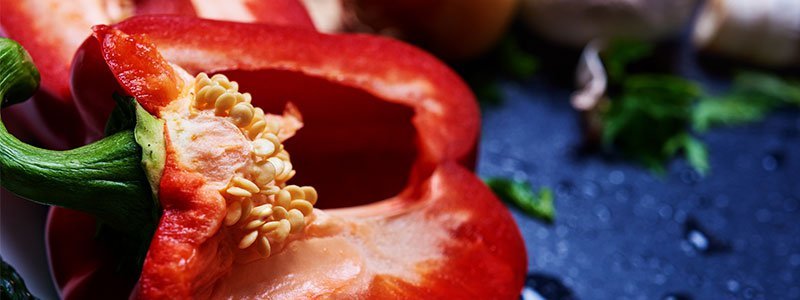Laurelwood
Alexandrian-laurel, Alexandrinischer Lorbeer, Borneo-mahogany, Calanolide, Calophylle Inophyle, Calophylle Inophylle, Calophyllum inophyllum, Calophyllum Tree, Colophyllum Inophyllum, Huile de Tamanu, Indian-laurel, Kamani Punna, Laurier d’Alexandrie, Laurier Alexandrin, Mahogany, Palo de Santa Maria, Oleum Caulophyllum, Palo Maria, Punnanga, Takamaka, Tamanu, Tamanu Oil, Temanu, Undi.
Laurelwood is a plant. The nut and other plant parts are used to make medicine.
Don’t confuse laurelwood (Calophyllum inophyllum) with blue cohosh (Caulophyllum thalictroides).
Laurelwood is used for leprosy, hemorrhoids, scabies, gonorrhea, vaginal infections, and chicken pox.
One of the chemicals in laurelwood (constituent (+)-calanolide A) is used for HIV infection. A pharmaceutical company is currently testing this chemical to see if it meets standards of safety and effectiveness that will qualify it for sale as a prescription drug.
Tamanu oil from the nut of laurelwood is used for skin conditions including sunburn, rashes, burns, psoriasis, dermatitis, scratches, skin blemishes, acne, skin allergies, bedsores, rosacea, and hemorrhoids; and for infant skin care.
How does it work?
Laurelwood contains compounds that have been tested in the laboratory and seem to be somewhat effective against HIV and tuberculosis. However, there isn’t enough evidence to know if laurelwood works for medicinal uses in humans.
Insufficient Evidence to Rate Effectiveness for...
TAKEN BY MOUTH
- HIV/AIDS.
- Leprosy.
- Scabies.
- Gonorrhea.
- Vaginal infections.
- Chicken pox.
- Other conditions.
- Sunburn.
- Rashes.
- Burns.
- Psoriasis.
- Scratches.
- Skin blemishes.
- Acne.
- Skin allergies.
- Bedsores.
- Rosacea.
- Hemorrhoids.
- Infant skin care.
- Other conditions.
Natural Medicines Comprehensive Database rates effectiveness based on scientific evidence according to the following scale: Effective, Likely Effective, Possibly Effective, Possibly Ineffective, Likely Ineffective, and Insufficient Evidence to Rate (detailed description of each of the ratings).

QUESTION
Next to red peppers, you can get the most vitamin C from ________________. See AnswerThe appropriate dose of laurelwood depends on several factors such as the user's age, health, and several other conditions. At this time there is not enough scientific information to determine an appropriate range of doses for laurelwood. Keep in mind that natural products are not always necessarily safe and dosages can be important. Be sure to follow relevant directions on product labels and consult your pharmacist or physician or other healthcare professional before using.
